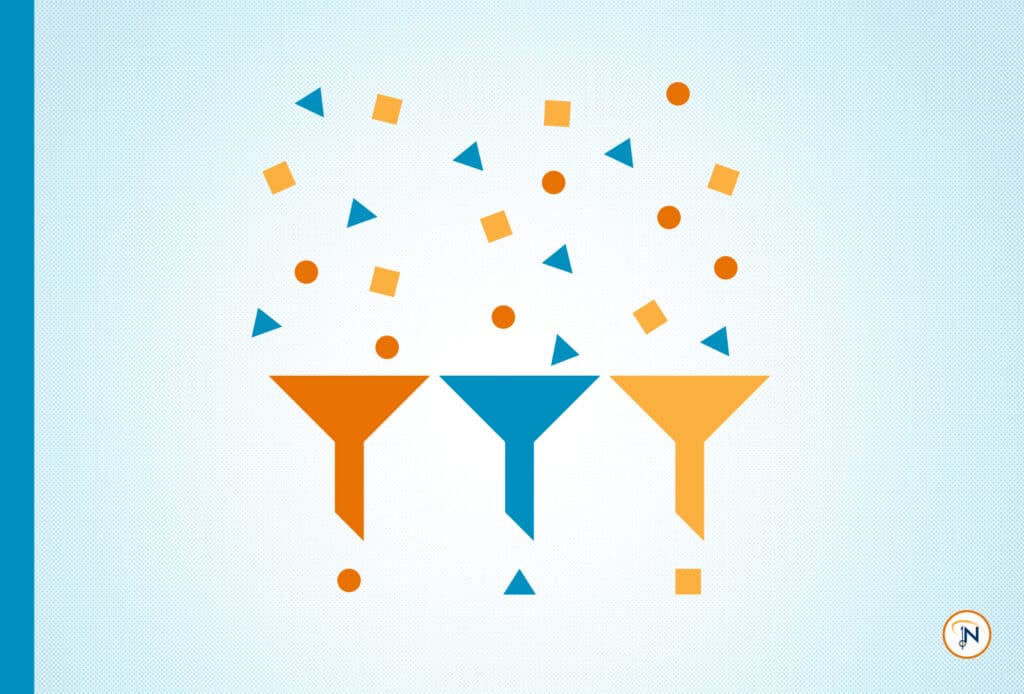It’s no secret that inmates with mental illnesses are overwhelming the resources of jails across the country. Inmates with serious mental illnesses draw the most substantial behavioral health and social services resources,1 and even inmates with less serious illnesses and behavioral needs still require intervention or treatment.
How do jails effectively manage their already scarce resources? By knowing who needs them.
Assessment tools can help you screen inmates for everything from mental health to medical well-being, suicidal tendencies, PTSD, and even potential PREA concerns. When you screen inmates at intake, you can more appropriately make management decisions regarding treatment, housing, and programming that will be most effective for each individual, and you can make decisions that effectively allocate resources and keep everyone safe.
It may seem counterintuitive to add a step to the intake process, which in itself can be a drain on resources. Trained staff can effectively perform a screening in a few minutes. Those few minutes can be the difference in effective management of an individual or ongoing challenges and safety concerns for your staff.
“Mental health concerns and care continue to challenge jails throughout the country. No jail is immune,” said Greg Eash, equivant operations manager, Supervision & Custody. “Jails that quickly identify and intervene with mental illness face fewer hazards overall, and they’re seeing real improvements in safety of officers and inmates – and ultimately in reducing recidivism.”
With most inmates spending less than 48 hours at your facility, it may seem unnecessary to invest in screening for mental health issues. However, the growing influx of inmates with mental illnesses across the country has demonstrated time and again that trying to steer clear of mental health issues simply doesn’t work. It’s in the best interests of your jail, staff, inmates, and community to address mental illness head-on and manage your limited resources to serve inmates as best you can.
Depending on the assessment tools you use, you may already have the tools you need at your disposal. Most risk/needs assessment tools include supplemental screenings, so if you’re ready to start managing your resources better with screenings, your existing tool is the best place to start.
If you don’t have a risk/needs assessment tool or you need additional screenings to meet your population’s specific needs, talk to us. If you’re already using screenings but haven’t yet mastered how to translate the results to better resource allocation decisions, talk to us. No matter where you are on your journey, we’re here to help. Let’s work together to maximize the good you can do with the scarce resources available to you.






